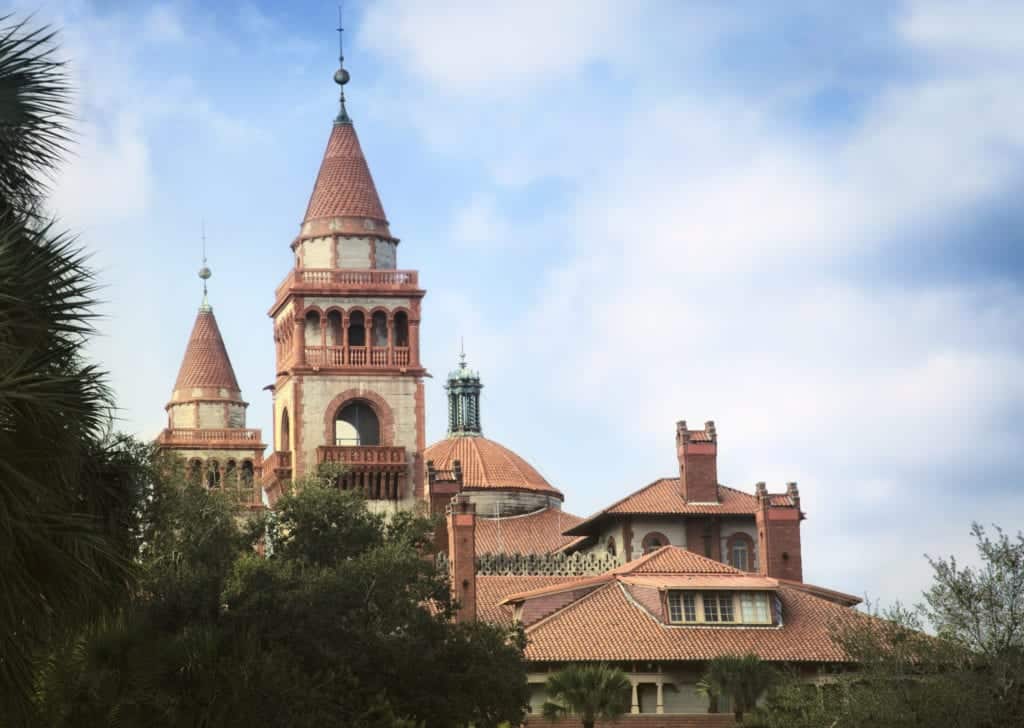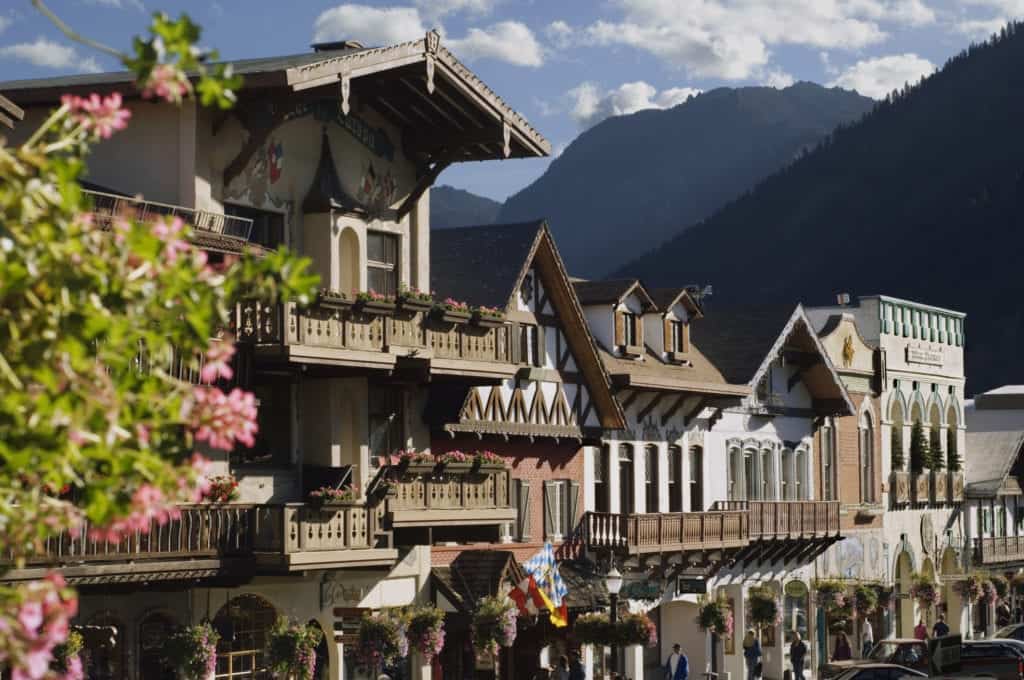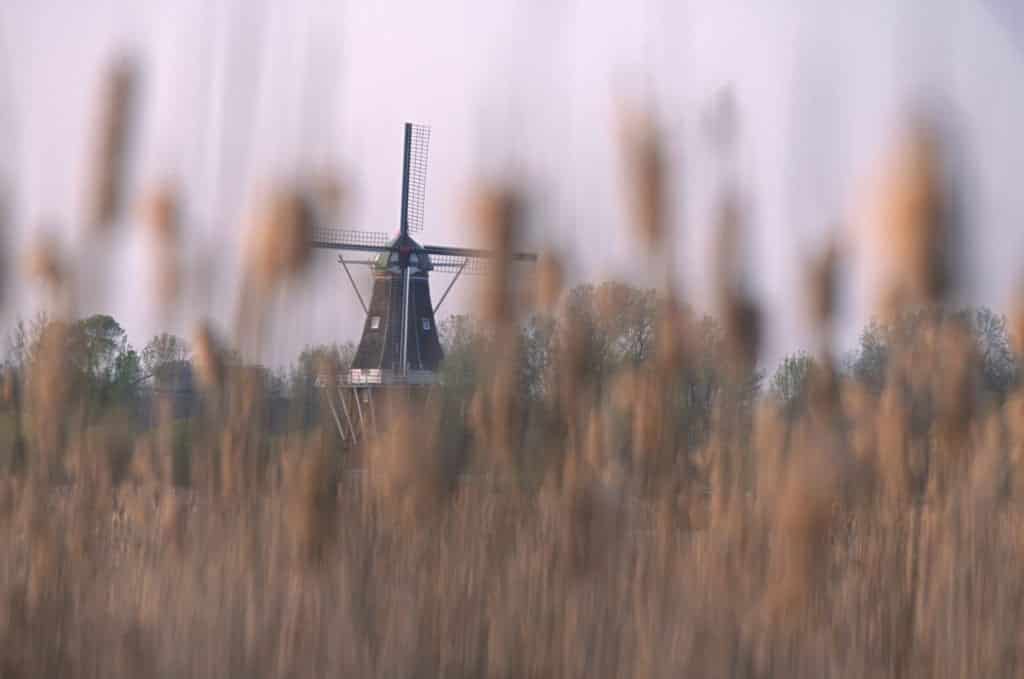We may be chomping at the bit to soak up the distinctive design flair, historical atmosphere and culinary highlights of European cities, but traveling overseas is difficult right now. Fortunately, a number of American cities across the country were established by European immigrants many decades ago and still feature the architectural and cultural character their founders brought with them. Today, visitors feel they’ve set foot in a foreign land.
Any one of the below cities will immerse you in the characteristic charms of their early settlers’ homelands and sate your appetite for such atmospheric features as cobblestoned streets, village clock towers, windmills, foreign foods and souvenirs. Visit during the winter holidays, when some of these towns are at their best, and you may not miss the Continent’s famed Christmas markets at all.
St. Augustine, Florida

A strong Spanish influence pervades this city located on the north eastern coast of the Sunshine State. While a visit here will not secure eternal youth for you (Spanish explorer Juan Ponce de Leon landed in the area in 1513 while searching for the legendary Fountain of Youth), it will get you walking around the nation’s oldest continuously inhabited city. A year after de Leon claimed the territory for Spain, another explorer—Pedro Menendez de Aviles—founded St. Augustine, and for most of the ensuing 256 years it served as the main northern outpost of the Spanish colonial empire. That rare pedigree locked in an authentic southern Spanish vibe.
The city has been a part of the U.S. since 1821 and during the many years since, numerous Spanish colonial buildings and sites have been restored; there’s even an entire Spanish Quarter. Amble around the city’s intricate fountains and Mediterranean-style colorful building facades (many house shops) in the Historic Downtown and you’ll be seized by the notion that Madrid is within driving distance. Be sure to see the fascinating Castillo de San Marcos, the oldest masonry fortress in the continental U.S.; the Hotel Ponce de Leon (aka The Ponce), which sports stunning twin cupolas, Tiffany stained glass and an imposing rotunda; and the Lightner Museum within the historic 1888 Alcazar Hotel, which houses antiquities of the American Gilded Age.
Natchitoches, Louisiana
Come here to get your French fix—and a dose of a few other cultures as well. Located on the banks of the Cane River in northwest Louisiana, Natchitoches was the first French colony in Louisiana and the oldest settlement in the Louisiana Purchase. Established in 1714, the city retains its European flavor through its architecture, heritage and lifestyle.
Downtown, the National Historic Landmark District comprises 33 blocks of buildings from the late 1700s that include mansions, homes, shops, galleries and other commercial enterprises housed in captivating structures of various styles, from Queen Anne to Art Deco to French Creole. The filigreed iron balconies on Natchitoches’s Front Street rival those on New Orleans’ Royal Street. And Front is also paved in cobblestones, so the charm quotient is way up there. Stop by Kaffie-Frederick, the oldest general store in Louisiana, and Lasyone’s Meat Pie Kitchen and Restaurant, where you can indulge in crawfish pie.
The whole city oozes the charm endemic to a confluence of cultures, but the downtown really comes into its own during the Natchitoches Christmas season, when 300,000 lights illuminate this historical treasure.
Leavenworth, Washington


Visit Leavenworth nestled in the foothills of the Cascade Mountains of Washington State and you’ll swear you’re in a Bavarian Village in Germany. The mountain views are similar to those of a quaint Alpine town, and the German culture, art and architecture that were brought here to boost the local economy just solidify the sense that you’ve been magically beamed into the Bavarian Alps.
Several food halls (Rhein Haus Leavenworth, Munchen Haus and Ludwig’s) serve German beer and brats, and the Nutcracker Museum and its gift shop provide cool souvenir-shopping inspiration. The area is a perfect winter wonderland for cold-season outdoor enthusiasts (go backcountry skiing, dog sledding, ice climbing, ice skating, skiing, snowboarding, sledding, tubing, snowmobiling, snowshoeing and sleighing). And the holiday season, when the town is decorated with over half a million lights, is filled with indescribable enchantment.
Holland, Michigan


The name of this town couldn’t be more apt—it looks much like its namesake. What’s on your checklist of Dutch attributes? Tulips, windmills, dikes? Well, this place ticks off all the boxes. Veldheer Tulip Gardens boast the glorious blooms you’d expect to see in the Netherlands (Dutch lilies, daylilies, peonies and other rare perennials) in a setting of windmills, drawbridges and canals. And Windmill Island Gardens has a 250-year-old working windmill along with gardens, dikes and canals. The beyond- charming Nelis’ Dutch Village showcases Netherland-style design in its buildings and shop merchandise (wooden shoes and Dutch cheese, anyone?)
New Glarus, Wisconsin
Located in the gently rolling hills of Green County, Wisconsin, this town, named after the canton of Glarus in Switzerland, is known as America’s Little Switzerland. It was founded by over 100 Swiss emigrants in 1845. Come here to get your fill of cheese, chocolate, beer, yodeling and charming chalets without setting foot outside of the U.S. Foodies will want to sample authentic Swiss alpine classics like the fondue and raclette served at the New Glarus Hotel Restaurant; the signature Nut Horn, Holiday Stollen and Buttercream Cakes sold at the New Glarus Bakery; and ales brewed at the renowned New Glarus Brewing Co. You can’t help but smile as you roam past shops with sloping roofs, fluttering Swiss flags and street signs sporting verbiage in both German and English. Don’t leave without visiting the Chalet of the Golden Fleece Museum, the former Swiss Bernese mountain chalet-style home of Edwin Barlow and, now, the home of the unique Swiss-heritage artifacts he gathered over his lifetime.
New Ulm, Minnesota
Over 65% of the population of New Ulm is German-American, so it’s no wonder that there’s a palpable German influence in this south-central Minnesota city. You can experience it in the historic downtown’s architecture; the 45-foot Glockenspiel (one of the few freestanding bell towers of its size anywhere) at the north end of downtown; the Hermann Monument (featuring Hermann the German, a hero to the German nation); and various gift shops selling German goods.
New Ulm’s German reputation is further entrenched by the town’s annual festivals—an Oktoberfest held the first two weekends in October and a Bavarian Blast held in July.
For an authentic German meal, stop by Veigel’s Kaiserhoff—both the menu and the painted scenes on the wall will make you feel you’re in Germany. And tip one back at the popular August Schell Brewing Company, which was founded by a German immigrant in 1850 and serves German lagers, and at the Rathskeller at Turner Hall, Minnesota’s oldest bar, featuring restored murals that date back to 1873.
Solvang, California
Danish culture flourishes in this city located in California’s Santa Ynez Valley, a little over a 2-hour drive from Los Angeles. Known as “Little Denmark,” the pedestrian-friendly town sports flower-lined streets, Danish-style architecture, a number of windmills that seem plucked from the fields outside Amsterdam or The Hague, a clock tower and statues of Hans Christian Andersen and a Little Mermaid fountain. There are more than 150 stores along Solvang’s streets and many sell Danish arts and crafts.
Get a narrated tour of the village by riding the Solvang Trolley & Carriage Company’s Honen (Danish for The Hen), pulled by two draft horses. Afterwards, riders can bolster their insights into Danish heritage by visiting the Elverhøj Museum of History & Art (temporarily closed due to COVID-19).
For a deep dive into Danish cuisine, sample Danish meatballs and sausage at one of the town’s many restaurants serving Danish fare, like The Red Viking, and the mouth watering pastries at Olsen’s Danish Village Bakery. And be sure to sample local wines at one of the many tasting rooms downtown.
The town’s festivals are another way to immerse yourself in its European culture. Danish Days, held annually in September, is the city’s Danish Heritage Festival. With three parades, Danish folk dancers and musicians, Aebleskiver Breakfasts (light Danish pancake balls dusted with powdered sugar) and a Viking Encampment, it’s a celebration of all things Danish. The Nov. 28-Jan. 1 Julefest provides visitors with a window onto the Scandinavian take on the holidays.
